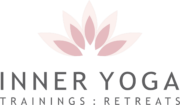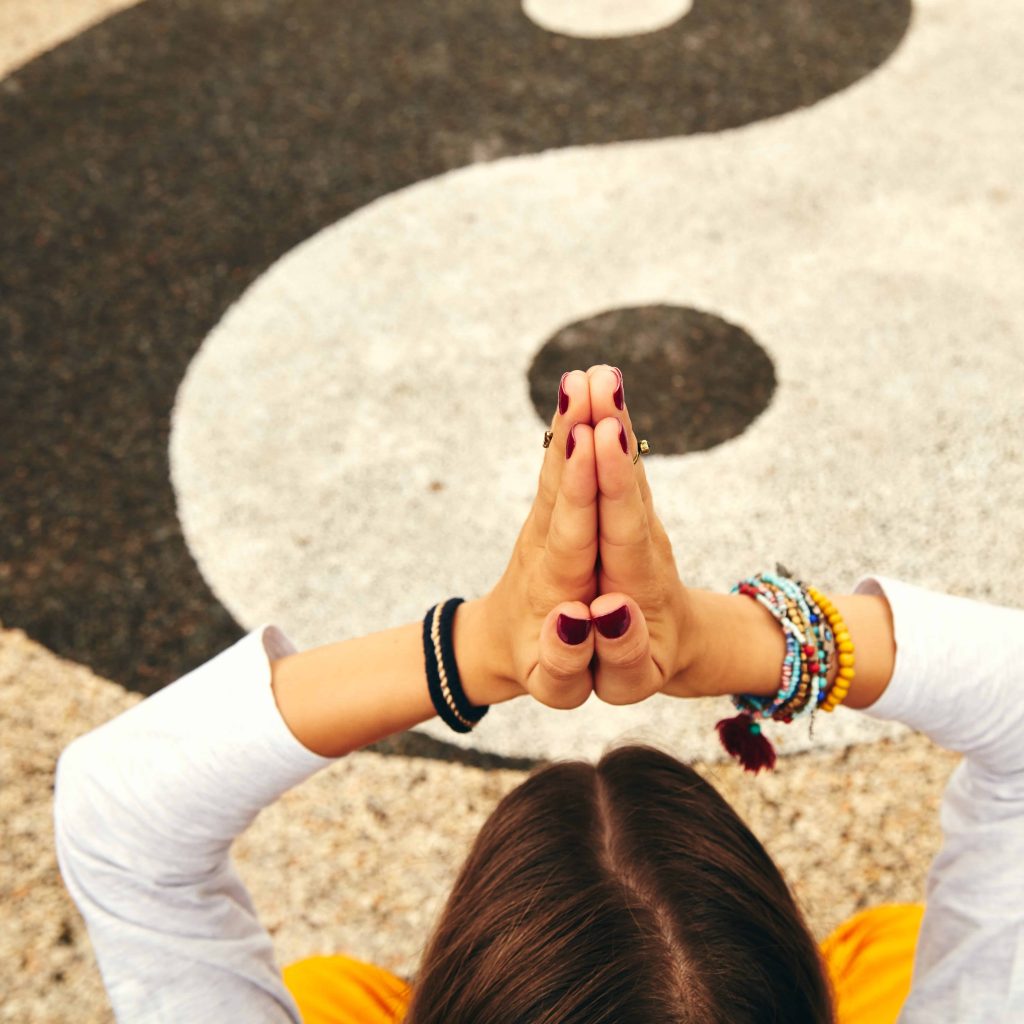Traditional Chinese Medicine and Ayurveda are two of the oldest and most widely practiced medical traditions worldwide. Ayurveda is known as “the science of life” and is foundational to yogic philosophy and tradition. While both are intricate and unique to the cultures from which they originate, there are a plethora of similarities. Both Traditional Chinese Medicine and Ayurveda acknowledge that cultivating a sense of harmony and balance within oneself is essential to human health and well-being.
Ayurveda has its roots in India and was originally shared as an oral tradition. It was first recorded more than 5,000 years ago in Sanskrit in the four sacred yogic texts called the Vedas. Ayurvedic theory states that all areas of life impact one’s health, and includes a variety of practices and topics to establish well-being, including healthcare techniques (including yoga), astrology, spirituality, art, and human behavior. While there are multiple perspectives on the date of origin of Traditional Chinese Medicine (TCM), it is widely believed it was initially practiced around 3000 years ago. TCM also includes a variety of practices and theories on how to establish well-being. These practices include the use of herbs, acupuncture, and physical practices including Qigong, and more recently yin yoga teacher training in Bali.
Both Ayurveda and Traditional Chinese Medicine provide an approach to cultivating wellness that extends far beyond Western healthcare. When it comes to philosophy, Traditional Chinese Medicine and yogic tradition have a lot in common. Both yogic and TCM traditions acknowledge a fundamental vital life source energy that flows through the body. In TCM this is known as qi, whereas in yoga it is known as prana. TCM teaches that there are rivers of energy, known as Meridians, that flow through the body connecting the organs and vital substances, such as blood and body fluids, through skin, muscles, organs, and bone. Yogic tradition also acknowledges a series of energetic rivers that flow through the body known as Nadis. According to yoga, are thousands of these minor “rivers” and one primary river that travels up the spine, known as Shushumna Nadi. There is a similar Meridian line in TCM known as the Governing Vessel. Both traditions recognize that when energy is stuck or stagnant this creates disharmony and even ailment in the body. To learn more about these ancient well-being practices and how to maintain optimum health, you can join Inner Yoga Training on their 200 hour Vinyasa Yin Yoga Teacher Training in Bali.
Yin and yang yoga practices, as taught in Inner Yoga Training’s yoga certification course, can help harmonize the flow of energy in the body. Yin and yang are two opposite forces that are interconnected and together create universal harmony. “Yin” characteristics are more inward-focused and invite reflection. They invite us to cultivate a sense of being and allowing rather than doing. “Yang” characteristics on the other hand are more outward and active and focus on action and achievement. When it comes to practicing yoga asana (poses), there are both yin and yang styles of yoga. Inner Yoga Training includes both yin and yang yoga practices in their 200 hour vinyasa and yin certification course in Bali with the aim of helping people to live more in balance through different yoga practices and learning to recognize when each practice can either energize them or deplete them.
Yin yoga is characterized by mostly floor-based poses that are held in stillness for anywhere from 3 -5 minutes. The purpose is to apply positive stress in the body through the pose which targets the fascia and deeper connective tissue of the body. Yang yoga on the other hand is characterized by dynamic movement and helps to strengthen and stretch the muscles as seen in a vinyasa style of yoga. In vinyasa yoga, the emphasis is on linking breath with movement, and poses are held for only a few breaths before moving on to the next one.
Yin yoga is a powerful example of where Traditional Chinese Medicine philosophy and yogic tradition meet to create the ultimate well-being practice. In the Western world, many people live predominantly yang lives. Yin yoga is an incredible way to balance out the “yang” of everyday life. Yin yoga is a practice of yoga postures that stimulates the Meridians to cultivate healing in specific spheres of the body and being. While in the pose for time, the Meridians are having positive stress applied to them which helps to awaken the rivers of energy and allows it to circulate through the body more freely. Different yin yoga postures stimulate different Meridians, and target different organs and/or bodily systems.
When it comes to both philosophy and practice, there are multiple intersections where Traditional Chinese Medicine and yogic tradition, however, both share the core ideology that cultivating balance is fundamental to human well-being. Both systems include a plethora of practices to establish a greater sense of internal equilibrium. When it comes to physical yoga practice, this is achieved through practicing both yin and yang styles of yoga. You can learn more about cultivating a sense of balance and harmony in the body and mind through yoga with Inner Yoga Training in their 200 hour vinyasa yin yoga teacher training in Bali.

